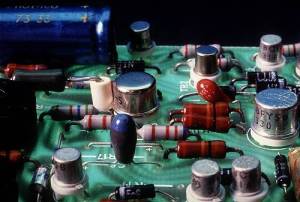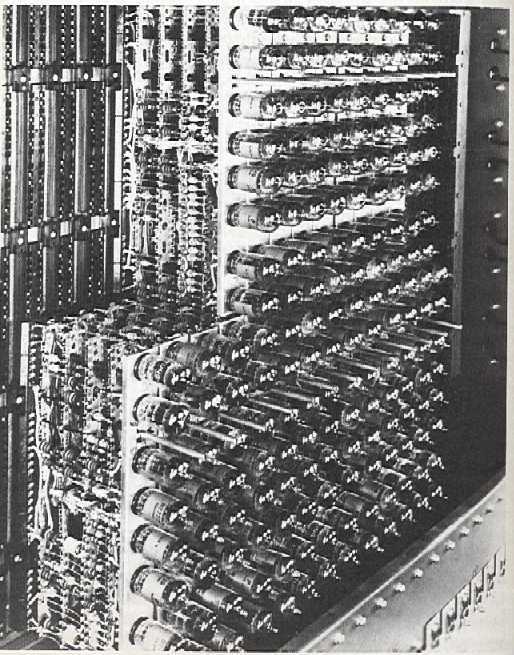The Five generations of computers are as follows… Read more »
Each of the five generations of computers is characterized by a major technological development that fundamentally changed the way computers operate, resulting in increasingly smaller, cheaper, more powerful and more efficient and reliable devices.
First Generation (1940-1956) Vacuum Tubes
The first computers used vacuum tubes for circuitry and magnetic drums for memory, and were often enormous, taking up entire rooms. They were very expensive to operate and in addition to using a great deal of electricity, generated a lot of heat, which was often the cause of malfunctions.
Eg. UNIVAC and ENIAC
Second Generation (1956-1963) Transistors
Transistors replaced vacuum tubes and ushered in the second generation of computers. The transistor was invented in 1947 but did not see widespread use in computers until the late 1950s. The transistor was far superior to the vacuum tube, allowing computers to become smaller, faster, cheaper, more energy-efficient and more reliable than their first-generation predecessors.

Introduction TO IT by Ms.S.Ramya & ms.M.Naga sankari
-
Operations
The four main operations of computer are Input, Output, Processing And Storage… Read more »
-
Generations
Parts
The four main components of computers are ALU, CU, MU and I/O…… Read more »
Memory
The working place in computer where all data is stored is called memory.… Read more »
Software
Software represents the set of programs that govern the operation of a computer system and make the hardware run… Read more »
Networks
A network consists of two or more computers that are linked in order to share resources, exchange files, or allow electronic communications.… Read more »
